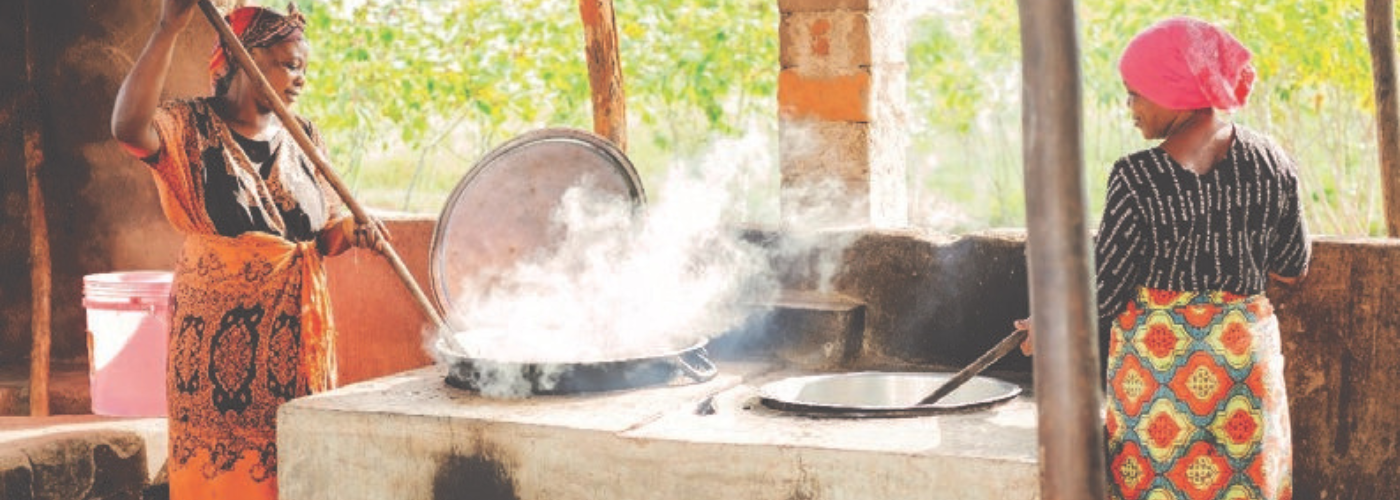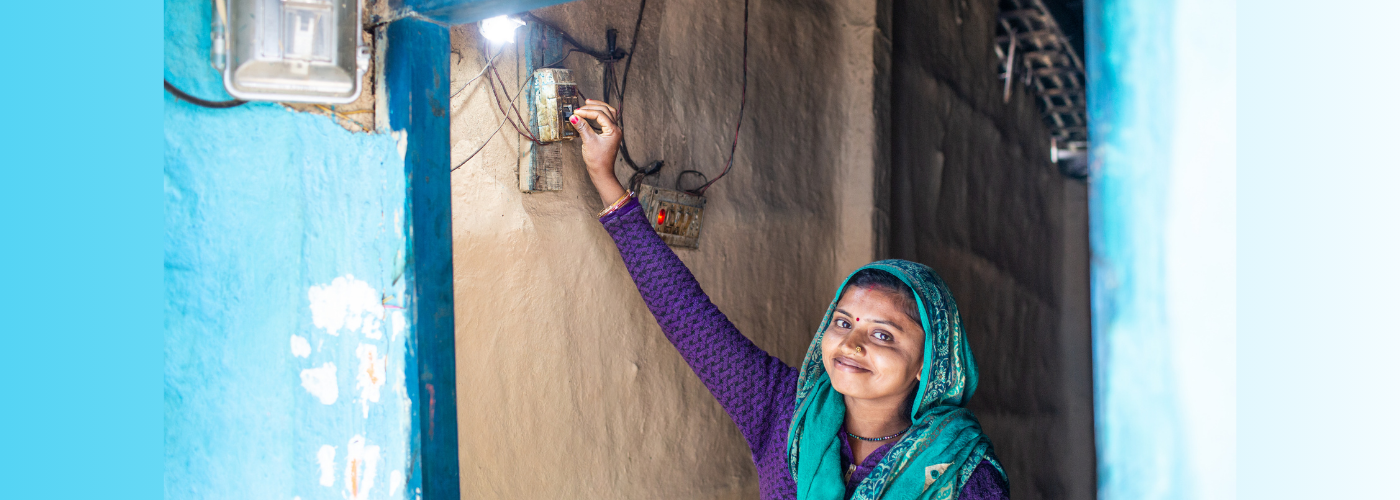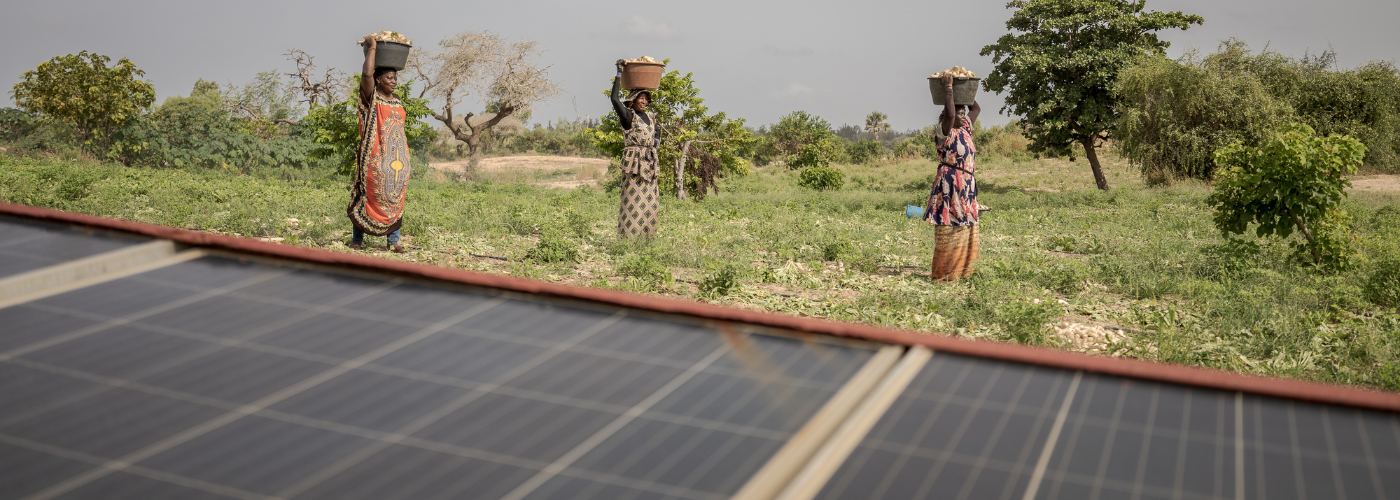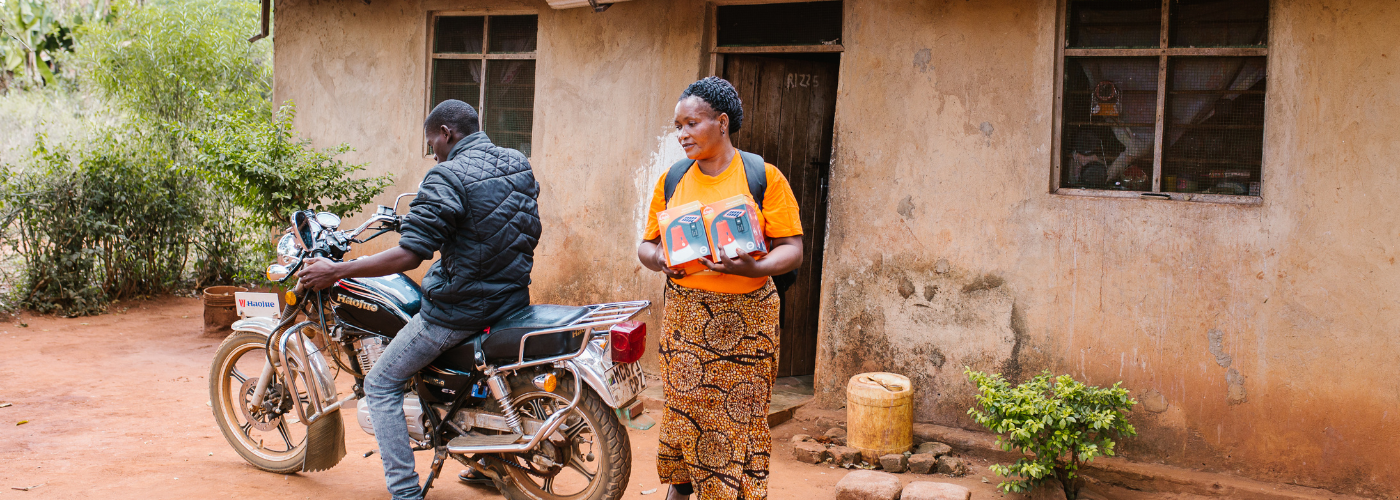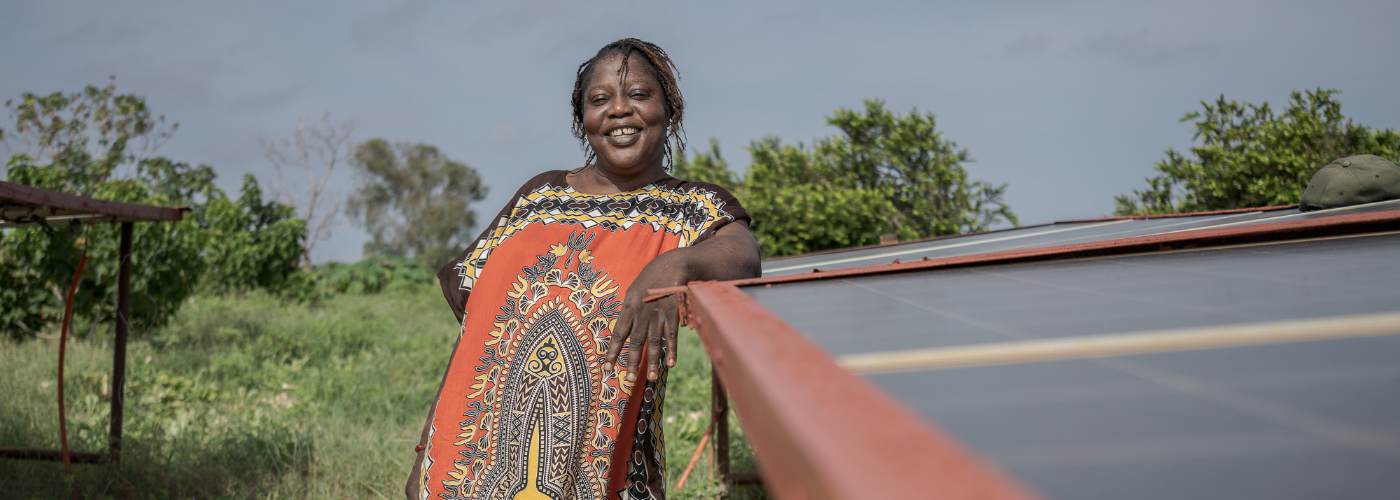By Omary Mtinga
In Tanzania, firewood is the most common used cooking energy in households and schools. In the country’s rural areas, more than 90% of the population use firewood to prepare their meals.
In the Kisarawe District, Eastern Tanzania the Chole Secondary School is a boarding school for girls and a day-school for boys and girls. The school serves three small surrounding villages, with an approximate total population of 9,304 people. The distance from these villages to the school it is too far for some students, particularly girls. For them, the school offers a dormitory where they can stay during the week. This ensures their safety and provides them with more time to focus on their studies, ultimately supporting their academic success. The school provides warm meals for all 659 students and uses firewood for cooking.
High consumption of firewood and smoke production made headmaster Roman Lyakurwa realize something had to change and he contacted TANGSEN to discuss alternative options for the expensive and unhealthy school stove. TANGSEN, with its contacts in the clean cooking community, connected the school with Yombo Lukinga, a stove making group. TANGSEN provided technical assistance in bringing together the headmaster’s idea and the stove makers. Yombo Lukinga produces household stoves and the school stove needed to be bigger and have with different features.
“We have been actively encouraging the use of clean energy for cooking through a project funded by ENERGIA. This initiative is designed to address the negative environmental, health, and social impacts caused by reliance on unclean energy sources such as traditional biomass, kerosene, or coal, says Leonard Pesambili, TANGSEN’s project coordinator. “By promoting cleaner alternatives, we aim to improve air quality, reduce deforestation, and enhance overall well-being, particularly for women and children who are most affected by indoor air pollution from inefficient cooking methods”.
Together, TANGSEN and Yombo Lukinga group designed a stove that would meet the requirements of the school. With over 650 mouths to feed every day, the stove needs to hold large pots of 50 and 60 liters, and big enough fuel chambers to produce the right temperature for cooking.
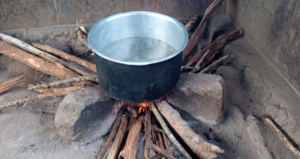
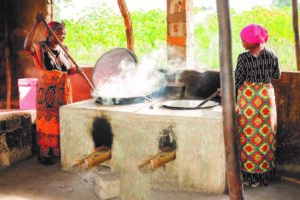
Local three stone cooking stove vs. efficient improved stove
Better health and more spare time for the cooks
The use of wood for cooking often leads to negative health effects, due to the smoke production. It can affect the respiratory system, and cause eye problems. According to statistics from the World Health Organization (WHO) lack of access to clean cooking methods has affected almost over 2 billion people worldwide and more than half of it is in Africa.
Using the new stove at Chole Secondary School has reduced the negative effects on the health of the school cooks, who used to inhale smoke and be exposed to heat the entire time during their work.
“Using this new stove has greatly improved our work! The amount of smoke is much less , cooking time has reduced and we’re able to prepare a wider variety of dishes,” affirms one of the cooks. “And since we can do our job in less time, we have more time to do other things compared to when they were using the traditional three-stone stove. They also mentioned that they are now able to prepare a wider variety of dishes in less time, allowing them to dedicate the remaining hours to their personal activities that helps generate income.”
Benefits for the school and the environment
Because of the high efficiency of the stove, savings on firewood use has been high as well. Previously, the cooks used more than twenty pieces of firewood to cook one meal for the children. With the new stove, they only use four pieces. This 80% reduction means more monetary savings for the school and less tree cutting for firewood; a win-win for the school and the environment.
All in all, headmaster Lyakurwa highly recommends shifting to properly designed improved cookstoves and hopes that other schools in the district will follow the Chole Highschool’s example.


